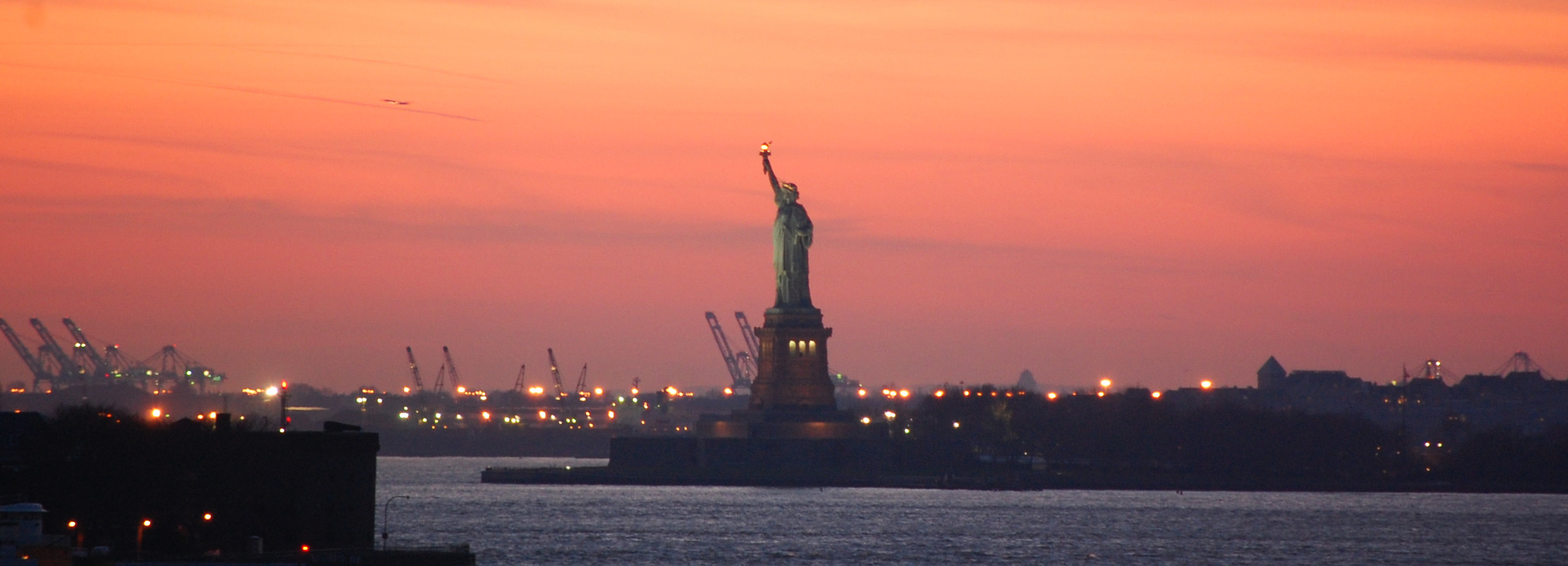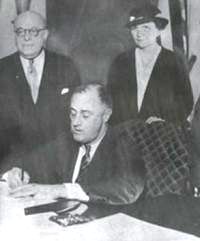|
Pattern Makers League Of North America V NLRB
''Pattern Makers League of North America v NLRB'', 473 US 95 (1985) is a US labor law case, concerning the right to organize. Facts The Pattern Makers League’s constitution said resignations from the union were not permitted during a strike. It fined 10 members for resigning during a strike. The employer claimed to the National Labor Relations Board that the fine was an unfair labor practice under the National Labor Relations Act of 1935 §158(b)(1)(A). The NLRB held it was an unfair labor practice. The Court of Appeals upheld the NLRB. Judgment The Supreme Court, Powell J giving a 5 to 4 opinion, held that fines cannot be enforced against non-union members. The proviso in §158(b)(1)(A) allowing unions to have rules for ‘retention of membership’ does not allow rules restricting resignations from union membership during a strike. Blackmun, Brennan, Marshall, Stevens J dissented. See also *US labor law United States labor law sets the rights and duties for employees, ... [...More Info...] [...Related Items...] OR: [Wikipedia] [Google] [Baidu] |
US Supreme Court
The Supreme Court of the United States (SCOTUS) is the highest court in the federal judiciary of the United States. It has ultimate appellate jurisdiction over all U.S. federal court cases, and over state court cases that involve a point of federal law. It also has original jurisdiction over a narrow range of cases, specifically "all Cases affecting Ambassadors, other public Ministers and Consuls, and those in which a State shall be Party." The court holds the power of judicial review, the ability to invalidate a statute for violating a provision of the Constitution. It is also able to strike down presidential directives for violating either the Constitution or statutory law. However, it may act only within the context of a case in an area of law over which it has jurisdiction. The court may decide cases having political overtones, but has ruled that it does not have power to decide non-justiciable political questions. Established by Article Three of the United States Consti ... [...More Info...] [...Related Items...] OR: [Wikipedia] [Google] [Baidu] |
US Labor Law
United States labor law sets the rights and duties for employees, labor unions, and employers in the United States. Labor law's basic aim is to remedy the "inequality of bargaining power" between employees and employers, especially employers "organized in the corporate or other forms of ownership association". Over the 20th century, federal law created minimum social and economic rights, and encouraged state laws to go beyond the minimum to favor employees. The Fair Labor Standards Act of 1938 requires a federal minimum wage, currently $7.25 but higher in 29 states and D.C., and discourages working weeks over 40 hours through time-and-a-half overtime pay. There is no federal law, and few state laws, requiring paid holidays or paid family leave. The Family and Medical Leave Act of 1993 creates a limited right to 12 weeks of unpaid leave in larger employers. There is no automatic right to an occupational pension beyond federally guaranteed Social Security, but the Employee Retire ... [...More Info...] [...Related Items...] OR: [Wikipedia] [Google] [Baidu] |
Right To Organize
Freedom of association encompasses both an individual's right to join or leave groups voluntarily, the right of the group to take collective action to pursue the interests of its members, and the right of an association to accept or decline membership based on certain criteria. It can be described as the right of a person coming together with other individuals to collectively express, promote, pursue and/or defend common interests. Freedom of association is both an individual right and a collective right, guaranteed by all modern and democratic legal systems, including the United States Bill of Rights, article 11 of the European Convention on Human Rights, section 2 of the Canadian Charter of Rights and Freedoms, and international law, including articles 20 and 23 of the Universal Declaration of Human Rights and article 22 of International Covenant on Civil and Political Rights. The Declaration on Fundamental Principles and Rights at Work by the International Labour Organizatio ... [...More Info...] [...Related Items...] OR: [Wikipedia] [Google] [Baidu] |
Pattern Makers League
The Pattern Makers' League of North America (PMLNA) was a labor union representing patternmakers in the United States and Canada. History The union was founded on May 18, 1887, in Philadelphia, as the Pattern Makers' National League of North America. It was chartered by the American Federation of Labor in 1894, and adopted its long-term name in 1898. By 1925, the union had 8,985 members. In 1955, the union transferred to the new AFL–CIO, and by 1957, it had 15,000 members. However, membership in 1980 had fallen to only 9,600. On October 1, 1991, it merged into the International Association of Machinists. Presidents :1887: T. J. McGonnell :1892: Louis Kirberg :1894: Lewis R. Thomas :1902: James Wilson :1934: George Q. Lynch :1960: Gunnar Hallstrom :1972: Charles Romelfanger :1984: Jack L. Gabelhausen Sr. See also * ''Pattern Makers League of North America v NLRB ''Pattern Makers League of North America v NLRB'', 473 US 95 (1985) is a US labor law case, concerning the ri ... [...More Info...] [...Related Items...] OR: [Wikipedia] [Google] [Baidu] |
National Labor Relations Board
The National Labor Relations Board (NLRB) is an independent agency of the federal government of the United States with responsibilities for enforcing U.S. labor law in relation to collective bargaining and unfair labor practices. Under the National Labor Relations Act of 1935 it supervises elections for labor union representation and can investigate and remedy unfair labor practices. Unfair labor practices may involve union-related situations or instances of protected concerted activity. The NLRB is governed by a five-person board and a General Counsel, all of whom are appointed by the President with the consent of the Senate. Board members are appointed to five-year terms and the General Counsel is appointed to a four-year term. The General Counsel acts as a prosecutor and the Board acts as an appellate quasi-judicial body from decisions of administrative law judges. The NLRB is headquartered at 1015 Half St. SE, Washington, D.C., with over 30 regional, sub-regional and residen ... [...More Info...] [...Related Items...] OR: [Wikipedia] [Google] [Baidu] |
National Labor Relations Act Of 1935
The National Labor Relations Act of 1935, also known as the Wagner Act, is a foundational statute of United States labor law that guarantees the right of private sector employees to organize into trade unions, engage in collective bargaining, and take collective action such as strikes. Central to the act was a ban on company unions. The act was written by Senator Robert F. Wagner, passed by the 74th United States Congress, and signed into law by President Franklin D. Roosevelt. The National Labor Relations Act seeks to correct the "inequality of bargaining power" between employers and employees by promoting collective bargaining between trade unions and employers. The law established the National Labor Relations Board to prosecute violations of labor law and to oversee the process by which employees decide whether to be represented by a labor organization. It also established various rules concerning collective bargaining and defined a series of banned unfair labor practices, in ... [...More Info...] [...Related Items...] OR: [Wikipedia] [Google] [Baidu] |



